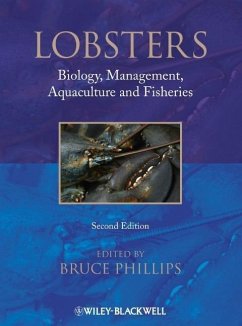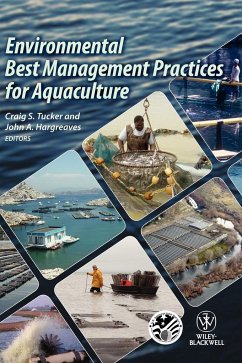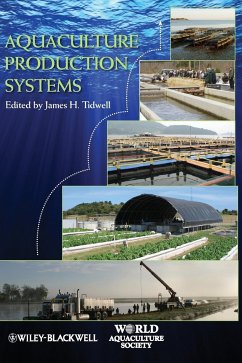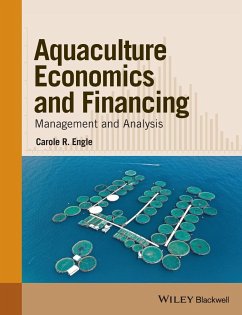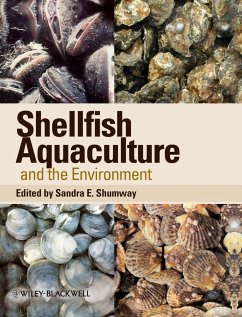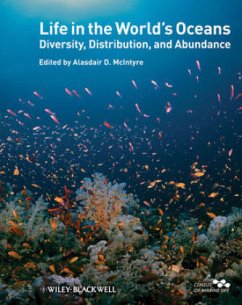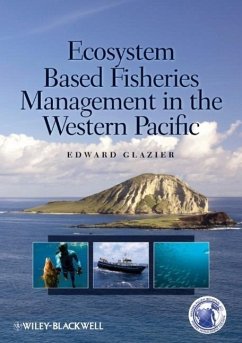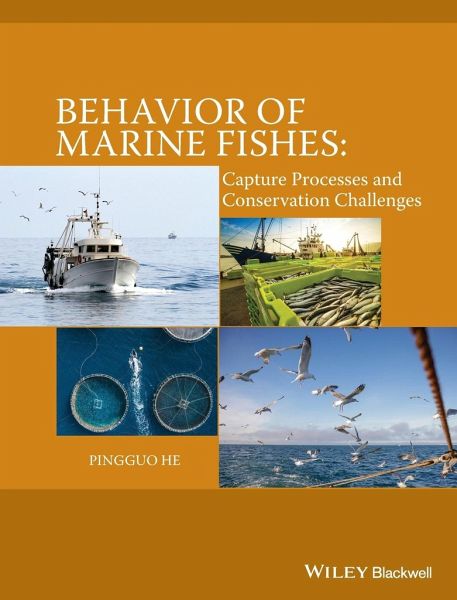
Behavior of Marine Fishes
Capture Processes and Conservation Challenges
Versandkostenfrei!
Versandfertig in über 4 Wochen
251,99 €
inkl. MwSt.
Weitere Ausgaben:

PAYBACK Punkte
126 °P sammeln!
Understanding fish behavior in relation to capture processes in marine fisheries is of fundamental importance to reducing bycatch and discards, and to enhancing marine fisheries conservation efforts. A thorough understanding of this allows commercial fishers to more effectively capture target species while reducing the catch of unwanted species. Behavior of Marine Fishes: Capture Processes and Conservation Challenges provides the reader with principles, patterns, and characteristics on fish behavior and fish capture processes using several types of important commercial fishing gears. The book ...
Understanding fish behavior in relation to capture processes in marine fisheries is of fundamental importance to reducing bycatch and discards, and to enhancing marine fisheries conservation efforts. A thorough understanding of this allows commercial fishers to more effectively capture target species while reducing the catch of unwanted species. Behavior of Marine Fishes: Capture Processes and Conservation Challenges provides the reader with principles, patterns, and characteristics on fish behavior and fish capture processes using several types of important commercial fishing gears. The book also highlights conservation challenges facing the marine capture fisheries in efforts to maintain sustainable use of marine resources and to reduce negative impacts to the marine ecosystem. This volume, with contributions from leading applied fish behaviorists and fishing gear technologists from around the world, will be a valuable reference for researchers, fishing gear technologists, fisheries managers, students, and conservationists.



